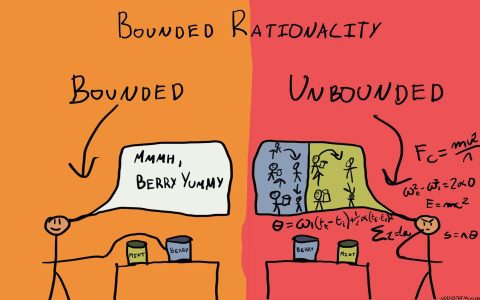A level zero map, often termed a base map or foundational map, signifies the most fundamental and generalized representation of a geographical area, system, or conceptual space. It functions as the primary reference layer upon which more specific or detailed information—higher-level data—is subsequently overlaid or integrated.
The defining characteristic of a level zero map is its inherent simplicity and clarity. It purposefully omits complex details to offer an uncluttered view, concentrating on essential structural elements or core features necessary for orientation and context.
Core Characteristics and Purpose
- Foundational Layer: It serves as the bottom-most stratum in a multi-layered information system, providing essential spatial or structural context.
- Reference Framework: It offers a stable framework for orienting, locating, and relating other data elements or thematic layers.
- Simplicity and Abstraction: Typically includes only the most critical features, devoid of thematic details or highly specific data. For instance, in a geographic information system (GIS), a level zero map might display major transport routes, significant water bodies, and primary administrative boundaries, but not individual property lines or detailed land cover.
- Support for Overlay: Designed to facilitate the clear addition of multiple layers of information without leading to visual clutter or illegibility.
Common Applications
Level zero maps are instrumental across diverse fields:

- Geographic Information Systems (GIS): Forms the base for displaying varied thematic data such as demographic distributions, environmental conditions, or utility networks.
- Urban and Regional Planning: Provides the initial spatial layout of a region, site, or city, onto which specific development plans, zoning regulations, and infrastructure projects are mapped.
- System Architecture & Process Modeling: In information technology or business process management, a level zero diagram (conceptually similar to a map) presents the highest-level overview of system components, data flows, or process interactions, forming the basis for more granular diagrams (e.g., Level 1, Level 2).
- Navigation and Cartography: The underlying road network, coastlines, and major topographical features often constitute the level zero map in digital and paper navigation aids.
- Resource Management: Used to show broad delineations of resource areas (e.g., forest stands, water catchments) before detailed inventory or management plans are applied.
Significance and Benefits
The primary importance of a level zero map lies in its capacity to furnish a common, readily understandable starting point. It ensures that all subsequent data layers or analytical endeavors are anchored within a consistent and universally recognized spatial or structural context. This facilitates improved data integration, more effective analysis, and clearer communication by preventing information overload at the foundational stage and ensuring a shared understanding of the basic landscape or system structure.










